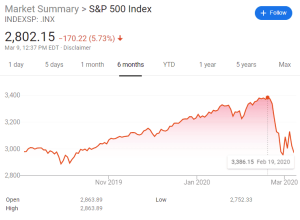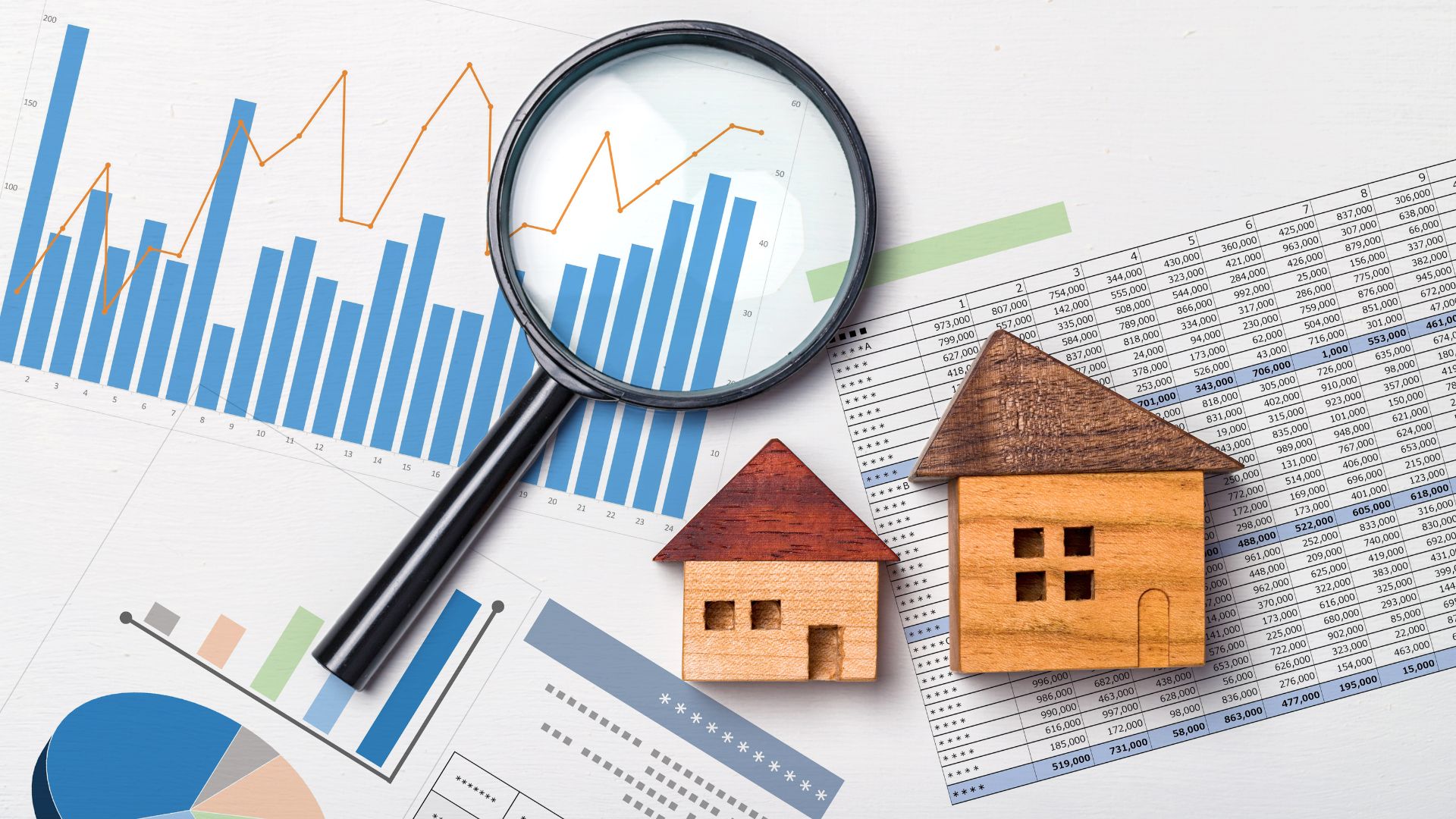The outbreak of the Coronavirus (COVID-19) has captured the eye of the media, the markets and our collective attention at large. What seemed speculative and of contained consequence back in February has quickly established itself as both a deadly health risk and an absolute wrecking ball to the global economy. Globally some of the most visible financial victims are the travel companies getting crushed, countries that rely on tourism going into quarantine and the spring’s conference circuit going almost completely offline.
For us here in Austin this visibility is just starting to make the local headlines. Last weekend the South by Southwest festival was cancelled over concerns of bringing thought leaders together from many US cities worst hit by the virus so far. This has caused the SXSW organization to question it’s financial viability moving forward, and it will cost the Austin economy a collective $355,000,000. Looking beyond Texas, this should be expected for even larger events on the global scale. Springtime music festivals (Coachella, Stagecoach, Governor’s Ball) and major sporting events from The Boston Marathon up to the Olympics in Japan all seem like they’re one new headline away from being cancelled.
Once you take your eyes off of the headlines however, the impact of this pandemic will truly hit home. Brokerage accounts and 401Ks across the country are being punished as public markets are absolutely hammered (trading actually had to be halted this morning). Take a look at the S&P 500 index and you can see the last 6 months worth of gains have been erased in just a few days. Let’s just say it’s not a pretty sight.

So What about Real Estate
With highly liquid stocks taking a nosedive, and having very transparent pricing, how do things look for those with positions in off-market real estate investments? Understanding how the Coronavirus will impact the value of these assets is much harder to quantify. After doing some digging we found a great report from the research arm of commercial real estate brokerage CBRE.
While the actual severity of the underlying disease and time til a cure will dramatically influence the total economic impact, there are two main variables to consider when looking at how your specific real estate investments might be at risk.
Location
The biggest short term impact will be felt disproportionately in cities most dependent on tourism and global trade. In major coastal cities like Los Angeles, San Francisco, and New York City there is a strong reliance on both (especially from places like China) and you will see this impact hit many sectors of the local economies.
In our Central Texas markets we’re relatively insulated from most of these immediate impacts, which means the tenants in our assets are also. Some of our operations like sourcing material directly from manufacturers in China will be impacted, however not to a degree where it materially impacts our business.
Asset Type
The next big takeaway to focus on is around what type of real estate asset you’re investing in. CBRE breaks out the top five major commercial asset types as: Hotels, Offices, Retail, Industrial & Multifamily. After looking at the CBRE analysis we decided to give them a ranking on the most to the least at risk from the current virus.
Hotels
- What CBRE Says:
- Baseline: There will be a modest reduction in demand in key gateway cities due to fewer Chinese tourists. A rebound in Chinese tourism is expected by year-end, but impacts to demand and hotel room rates will reverberate beyond 2020.
- Downside: Fear of infection causes a reduction in discretionary business and leisure travel. Large meetings and conventions are postponed or canceled, causing significant disruption to hotel operations. A stigma toward travel and a reduction in Chinese tourism becomes longer-term, impacting hotel demand into 2021.
- Risk Level: High
Retail
- What CBRE Says
- Baseline: Minimal impacts overall, though some retail markets dependent on Chinese tourism—particularly gateway cities like New York, Los Angeles and San Francisco—will feel short-term impacts from fewer Chinese tourists.
- Downside: Fear of infection causes consumers to limit shopping. Disruptions to high-value industries could weigh on economic activity, causing businesses and consumers to pull back and ultimately impact retail real estate dynamics.
- Risk Level: Medium High
Office
- What CBRE Says:
- Baseline: Office demand is minimally impacted.
- Downside: Economic drag increases amid uncertainty, potentially causing demand to slow, particularly in cities with a large amount of service exports or indirectly tied to goods exports to Asia.
- Risk Level: Medium Low
Industrial
- What CBRE Says
- Baseline: Primary impacts likely felt by manufacturers that export to China, though overall demand for industrial space likely will not be affected.
- Downside: Imports to the U.S. slow as production in China remains shuttered, impacting U.S. supply chains. Slower economic activity would begin to temper demand for the asset class.
- Risk Level: Medium Low
Multifamily
- What CBRE Says
- Baseline: Very little near-term impact.
- Downside: U.S. economic activity slows, affecting the job market and thereby weighing on household formation and affordability.
- Risk Level: Low
So what’s the big takeaway? The Wildhorn Team and our investors should be able to breath a big sigh of relief over their positions in multifamily assets. One of the core principles we’ve always held onto is that people will always need a place to sleep and this is still true if discretionary spending wanes.

Andrew Campbell is a native Austinite and Managing Partner at Wildhorn. He is a real estate entrepreneur who first broke into the business in 2008 as a passive investor. In 2010 he transitioned into active investing and management of a personal portfolio that grew to 76 units across Austin and San Antonio. He earned his stripes building and managing his personal portfolio before founding Wildhorn Capital and focusing on larger multifamily buildings. At Wildhorn, he is focused on Acquisitions and maintaining Investor Relations, utilizing his marketing and communications background to build long-term relationships.







